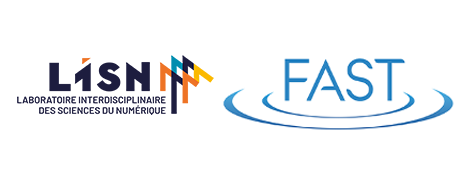
Decades have passed since the first direct numerical simulations of particle-laden turbulent flows using the point-particle approximation. This approximation assumes that the momentum exchange between the phases is well modeled by localized forces that mimic the presence of particles. Moreover, if the particle Stokes number is high enough, the equations governing the particle dynamics are often simplified to a balance between inertial and drag forces. At present, it has become possible to simulate these flows without relying on the point-particle assumption. In other words, it is now possible to directly apply the no-slip/no- penetration boundary condition on the surface of hundreds of thousands, or even millions of small spherical particles. In the seminar, we will briefly address the numerical and computational challenges associated with these ambitious simulations. Then we will focus on our efforts towards the understanding of turbulent channel transport of solid particles for different regimes of interphase coupling, and how interface-resolved simulations open avenues for improving the present predictive models.